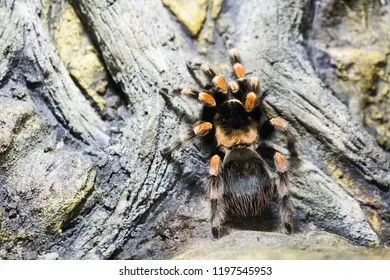Costa Rican Zebra Tarantula Overview
The Costa Rican Zebra Tarantula (Aphonopelma seemanni) is a captivating and relatively docile species, making it a popular choice among tarantula enthusiasts. This article provides essential care tips to ensure your Costa Rican Zebra Tarantula thrives in captivity. Proper care involves understanding its needs, from habitat setup to feeding and handling. These spiders are known for their striking zebra-like markings, adding to their appeal. This comprehensive guide will equip you with the knowledge to provide a healthy and stimulating environment for your fascinating pet. Proper care is not just about survival; it’s about fostering a thriving and enriching life for your tarantula, allowing you to observe their unique behaviors and appreciate their beauty.
Understanding the Costa Rican Zebra Tarantula
Before delving into care, it’s crucial to understand your pet. Costa Rican Zebras are terrestrial tarantulas, meaning they primarily live on the ground. They are generally considered to be a docile species, but they can still exhibit defensive behaviors if provoked. These spiders are not social creatures and should be housed individually. Knowing their natural history helps in replicating their environment and ensuring their well-being. This understanding forms the foundation for all other aspects of care, guiding you in making informed decisions about their habitat, feeding, and overall management. Observing your tarantula’s behavior and understanding its natural instincts is key to providing the best possible care.
Natural Habitat and Behavior
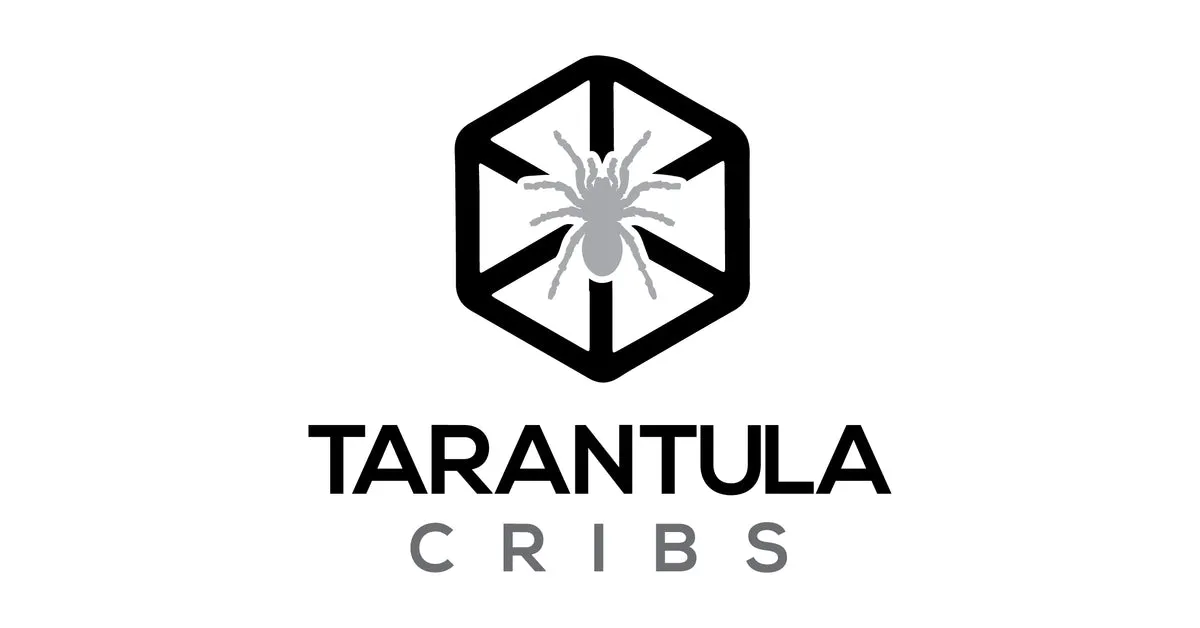
In the wild, Costa Rican Zebras inhabit grasslands and open areas in Costa Rica and Nicaragua. They create burrows or find shelter under rocks and logs. Replicating their natural environment in captivity is crucial for their well-being. They are primarily nocturnal hunters, so their activity is typically observed during the night. Understanding these natural behaviors helps to provide an enriching environment that stimulates natural instincts and reduces stress. Mimicking their natural environment, including substrate type and humidity levels, is very important. Providing ample hiding places, such as cork bark or artificial plants, will make the tarantula feel secure.
Tip 1 Substrate Selection
Choosing the right substrate is vital for your Costa Rican Zebra’s health and comfort. The substrate provides a surface for the tarantula to walk on, burrow in, and regulate humidity. A suitable substrate will also help to absorb waste and maintain a clean environment. The goal is to create an environment that is as close to their natural habitat as possible, which will reduce stress and promote natural behaviors. This crucial element of care influences their overall health and well-being, making it a non-negotiable aspect of responsible pet ownership.
Choosing the Right Substrate
A good substrate for a Costa Rican Zebra Tarantula includes a mix of peat moss, coconut fiber (eco earth), and a bit of vermiculite. This combination provides excellent moisture retention and allows for burrowing. Avoid substrates that are dusty or contain chemicals. It’s very important to avoid cedar or pine shavings, as these can be toxic to tarantulas. The substrate should be safe, non-toxic, and capable of maintaining appropriate humidity levels while allowing for the tarantula’s natural behaviors. Proper substrate selection helps to keep the enclosure clean and minimizes odors.
Substrate Depth and Maintenance
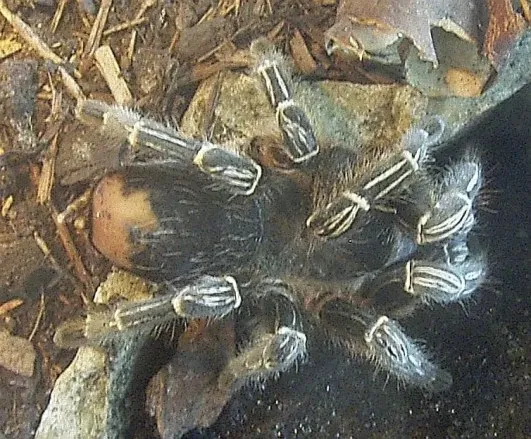
The substrate depth should be at least 4-6 inches to allow for burrowing. Spot clean the substrate regularly, removing any uneaten food or waste. Periodically, you may need to replace the entire substrate, typically every 6-12 months, or sooner if it becomes heavily soiled. Maintaining the substrate cleanliness will also help to prevent the growth of mold or mites. Regularly inspecting the substrate ensures a healthy environment for your tarantula and aids in early detection of any potential problems. When cleaning, always handle your tarantula with care, and ensure it’s safely out of the way.
Tip 2: Habitat Setup
A well-designed habitat is key to the health and happiness of your Costa Rican Zebra Tarantula. The enclosure should provide adequate space, appropriate temperature, and humidity, and ample opportunities for the tarantula to exhibit natural behaviors. A properly set-up habitat not only ensures the physical well-being of your tarantula but also enhances your enjoyment of owning this unique pet. This includes temperature control, providing a hide, and maintaining proper humidity levels.
Enclosure Size and Type
A ten-gallon tank is suitable for a juvenile, while a 20-gallon long tank is appropriate for an adult Costa Rican Zebra. The enclosure should have a secure lid to prevent escape. Ensure adequate ventilation to prevent excessive humidity buildup. The enclosure type can range from glass aquariums to specialized reptile enclosures. The key is to select an enclosure that is appropriately sized and provides adequate space for the tarantula to move around. A secure lid is essential to prevent escape and ensure the safety of both the tarantula and anyone else in your household. Glass aquariums are often preferred because they offer good visibility.
Temperature and Humidity Control
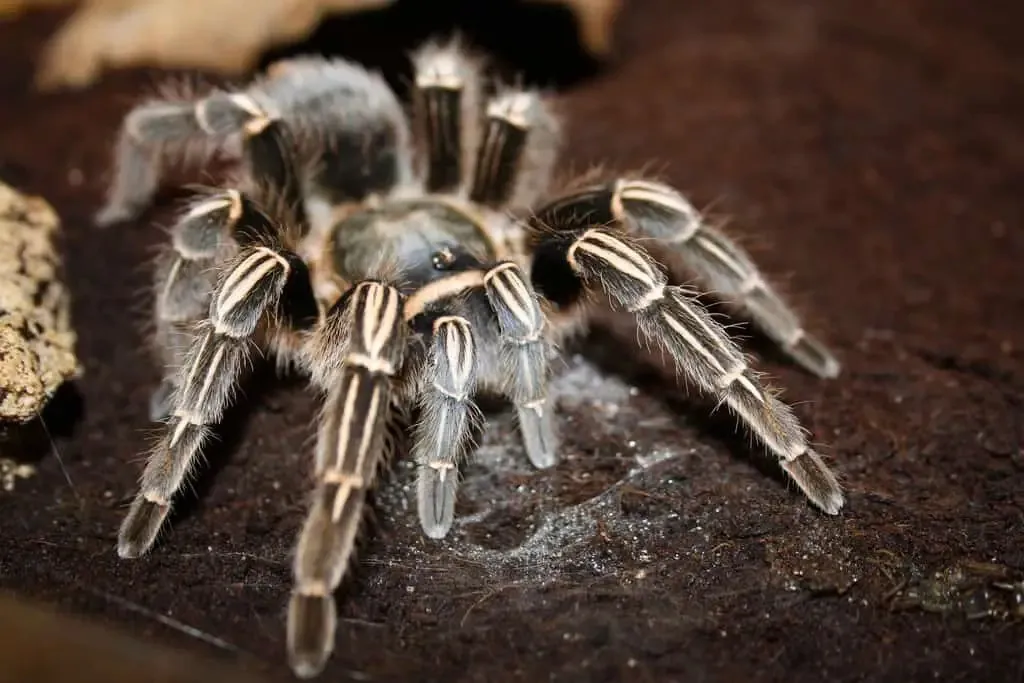
Costa Rican Zebras thrive in temperatures between 75-85°F (24-29°C). Use a heat lamp or under-tank heater to maintain the appropriate temperature, but be careful not to overheat the enclosure. Humidity levels should be maintained between 60-70%. Mist the enclosure lightly with dechlorinated water once or twice a week. Use a hygrometer to monitor humidity levels. Proper temperature and humidity are essential for your tarantula’s health, molting process, and overall well-being. Consistent temperature and humidity, provided with the use of appropriate equipment and careful monitoring, are key to creating a thriving environment for your pet.
Tip 3: Feeding Your Tarantula
Proper feeding is critical for the health and growth of your Costa Rican Zebra Tarantula. Provide a varied diet consisting of live insects. It’s essential to understand the appropriate food items, feeding frequency, and portion sizes to keep your tarantula healthy. This not only fulfills its nutritional requirements but also provides an engaging experience for observing your tarantula’s natural predatory behavior. A well-fed tarantula is a healthy tarantula, and this section provides all the information necessary to ensure proper nutrition.
What to Feed Your Costa Rican Zebra
The primary diet for a Costa Rican Zebra Tarantula consists of live insects such as crickets, mealworms, and roaches. Variety is important, so offer a mix of these insects. Always feed insects that are smaller than the tarantula’s body size. Gut-load the insects before feeding them to your tarantula to provide additional nutrients. Avoid feeding wild-caught insects, as they may carry parasites or pesticides. Crickets, mealworms, and roaches, when properly gut-loaded, offer a balanced diet for your pet. This approach not only meets their nutritional needs but also provides them with a stimulating feeding experience.
Feeding Frequency and Portion Size
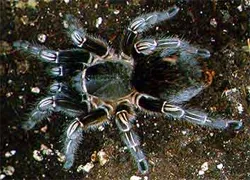
Feed juvenile tarantulas 2-3 times per week. Adults can be fed once or twice a week. Remove any uneaten food within 24 hours to prevent mold and mites. Adjust the feeding frequency based on your tarantula’s appetite and growth. Overfeeding can lead to obesity, while underfeeding can stunt growth. Monitor your tarantula’s abdomen, which should be plump but not excessively large. The abdomen is the primary storage area for food, so its size can be an indicator of overall health and nutritional status. Proper feeding also includes providing fresh water at all times.
Tip 4: Water and Hydration
Providing fresh water is essential for your Costa Rican Zebra Tarantula’s survival. Water helps with hydration and molting, as well as maintaining overall health. This is another aspect of care that is essential and needs to be managed carefully. In this section, we’ll explore how to provide and maintain the appropriate levels of hydration and humidity to ensure your tarantula thrives.
Providing Fresh Water
Always provide a shallow water dish with fresh, clean water. The water dish should be small enough to prevent the tarantula from drowning. Replace the water every day or two to keep it fresh. Use a sponge or cotton ball in the water dish for smaller tarantulas. Always ensure that the water is clean and accessible. This is the primary source of hydration for your pet, so keeping it clean is vital. Regularly monitoring the water dish and ensuring it’s accessible will help to keep your tarantula healthy.
Maintaining Humidity Levels
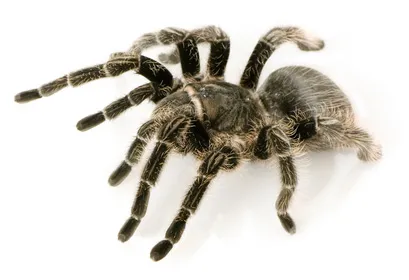
Maintain humidity levels between 60-70% by misting the enclosure lightly with dechlorinated water. Mist the enclosure one or two times a week. Avoid over-misting, as this can lead to mold and respiratory issues. Use a hygrometer to monitor humidity levels. The proper humidity level is essential for the tarantula’s ability to molt. High humidity also helps with overall well-being. Regular monitoring and maintenance of humidity levels are crucial for the health and longevity of your pet.
Tip 5: Handling and Safety
Handling a Costa Rican Zebra Tarantula should be done with caution and respect. While they are generally docile, all tarantulas have the potential to bite. It’s essential to understand how to handle them safely and to recognize signs of stress. This section provides guidance on how to do so while minimizing risk to both you and your tarantula. Handling should always be approached with care, and the well-being of your tarantula should always be your priority.
Safe Handling Practices
Handling should be kept to a minimum, as it can stress the tarantula. If you must handle your tarantula, do so close to the ground or a soft surface. Never drop the tarantula. Wash your hands thoroughly before and after handling. Always be gentle and avoid sudden movements. If the tarantula appears agitated, do not attempt to handle it. Careful and cautious handling minimizes the risk of bites and reduces stress on your pet. Observe the tarantula’s behavior and be aware of its body language to ensure a safe experience.
Recognizing Signs of Stress
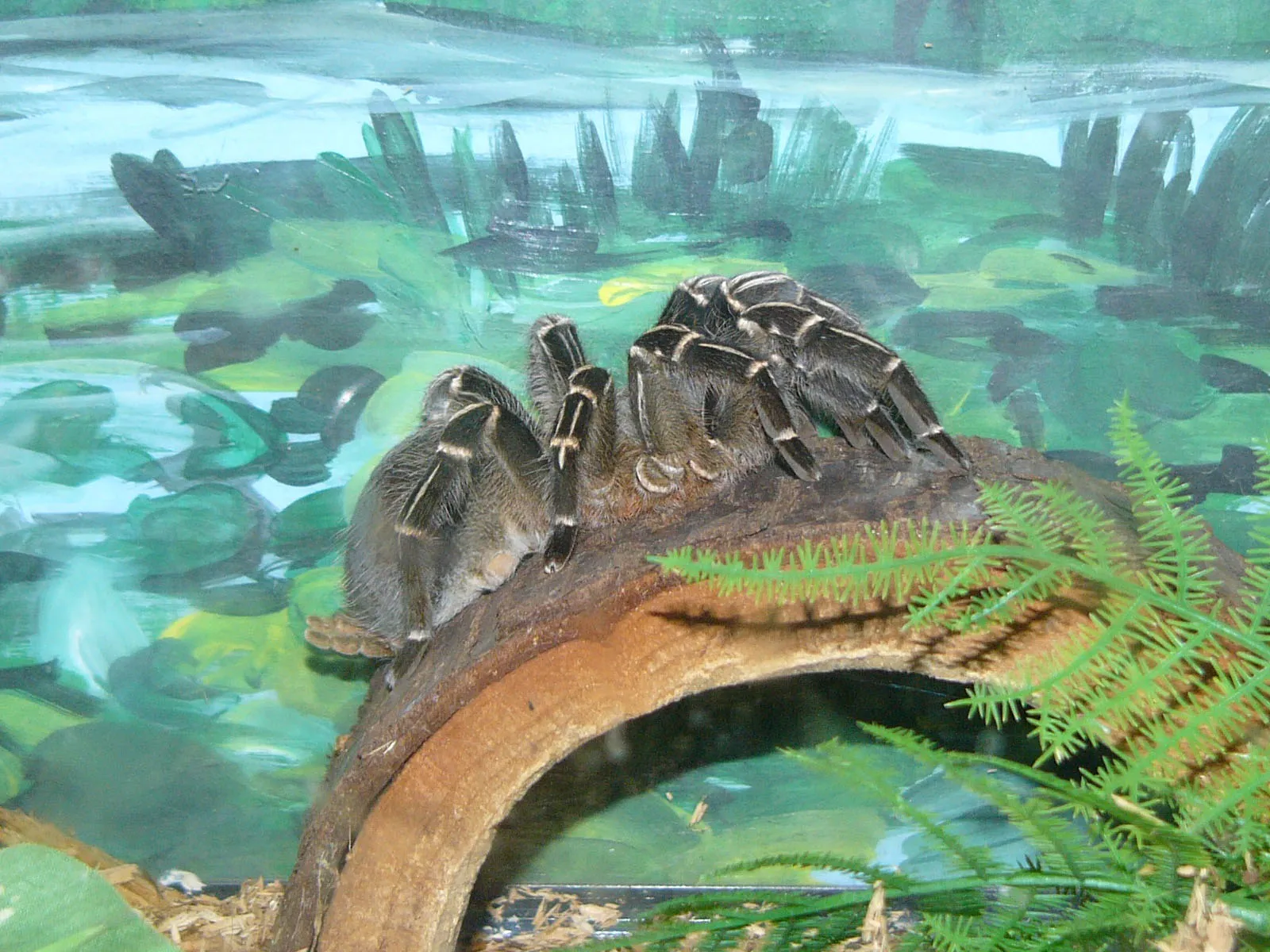
Signs of stress include skittish behavior, flicking hairs (urticating hairs), raising the front legs, and a defensive posture. If you observe these signs, do not handle the tarantula. Provide a secure environment and allow it to calm down. Understanding your tarantula’s behavior and body language will help in determining their comfort level. Always be mindful of your tarantula’s well-being and safety. Recognizing signs of stress and respecting your tarantula’s boundaries will improve your care. By being attentive and observant, you can create a positive relationship with your pet.
